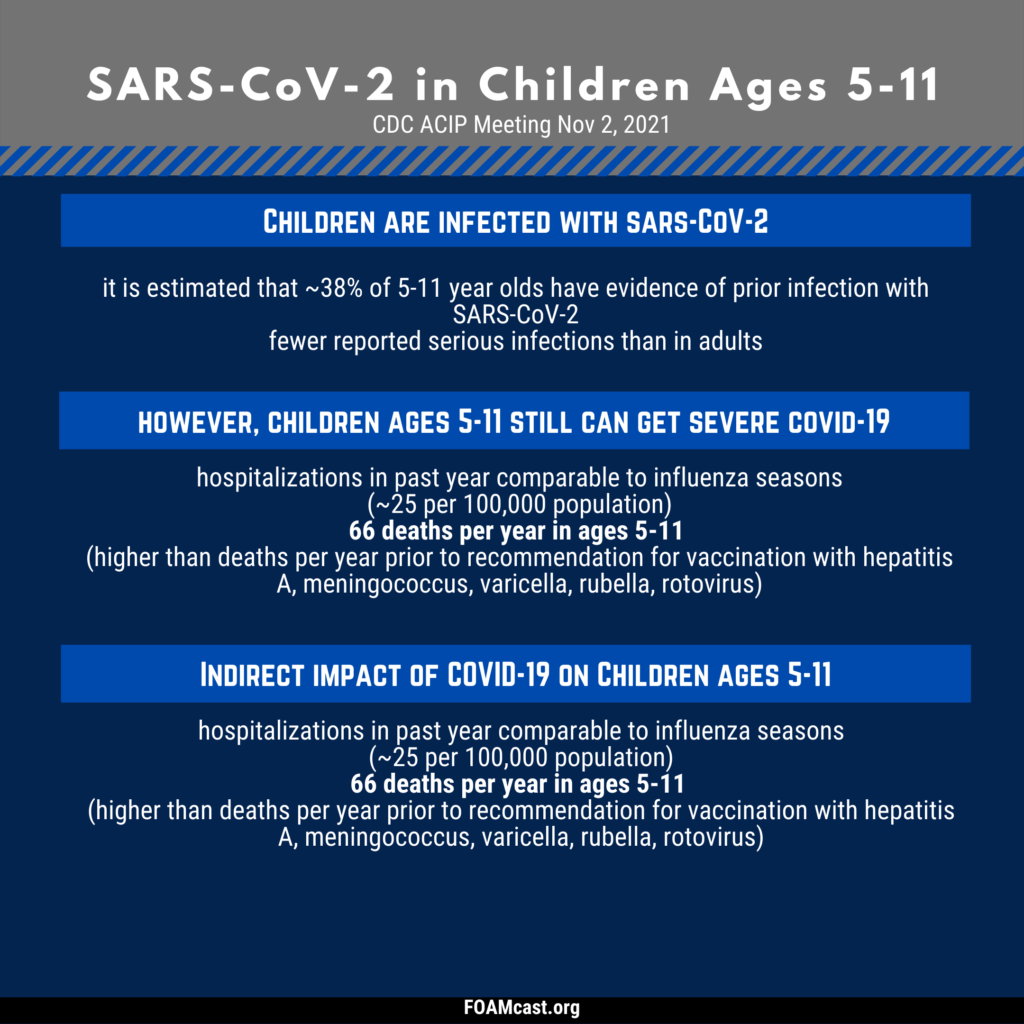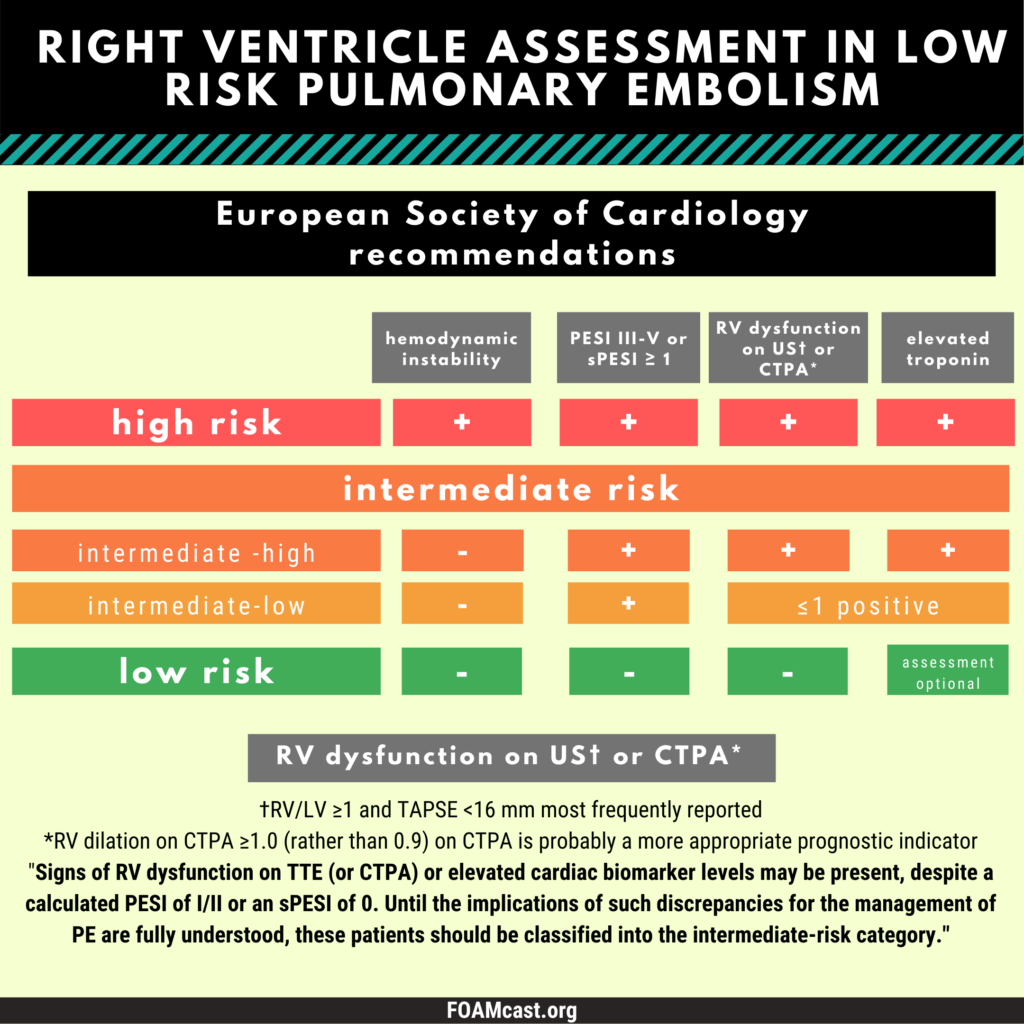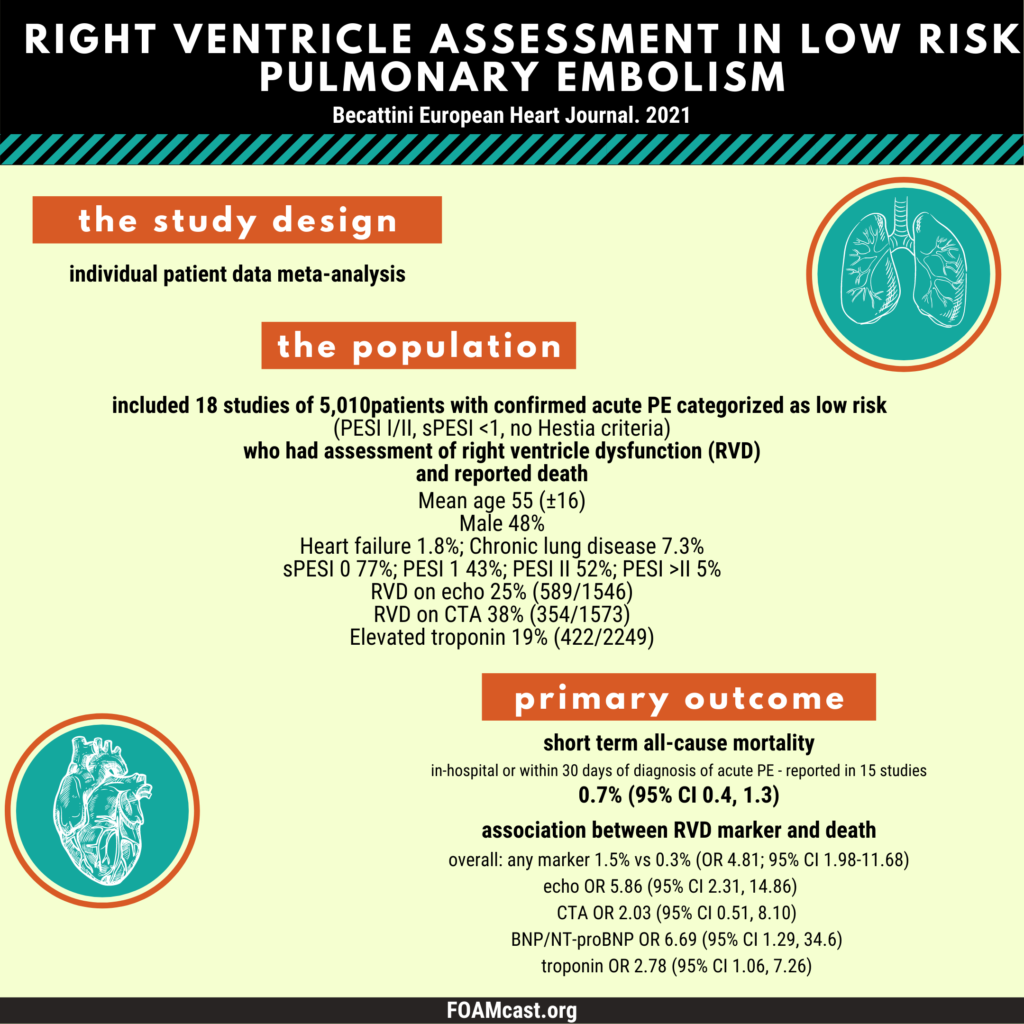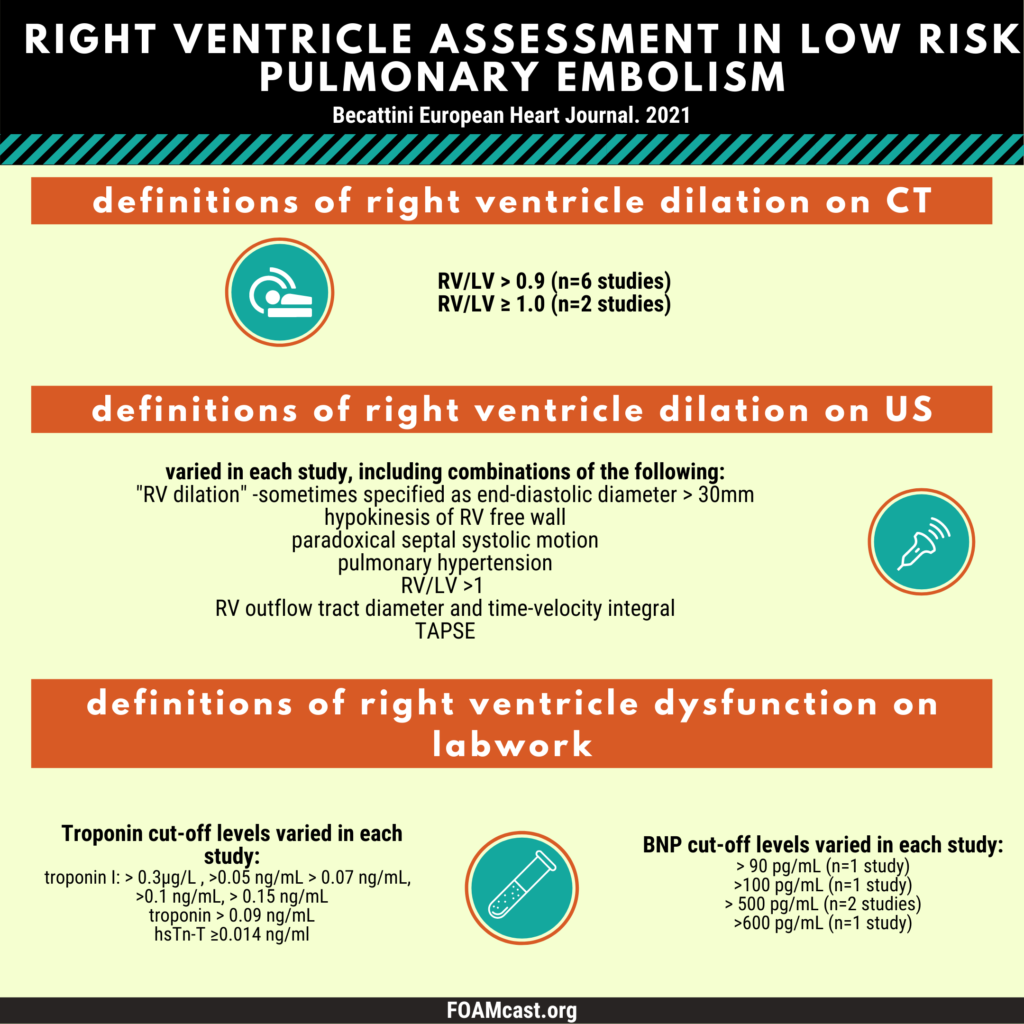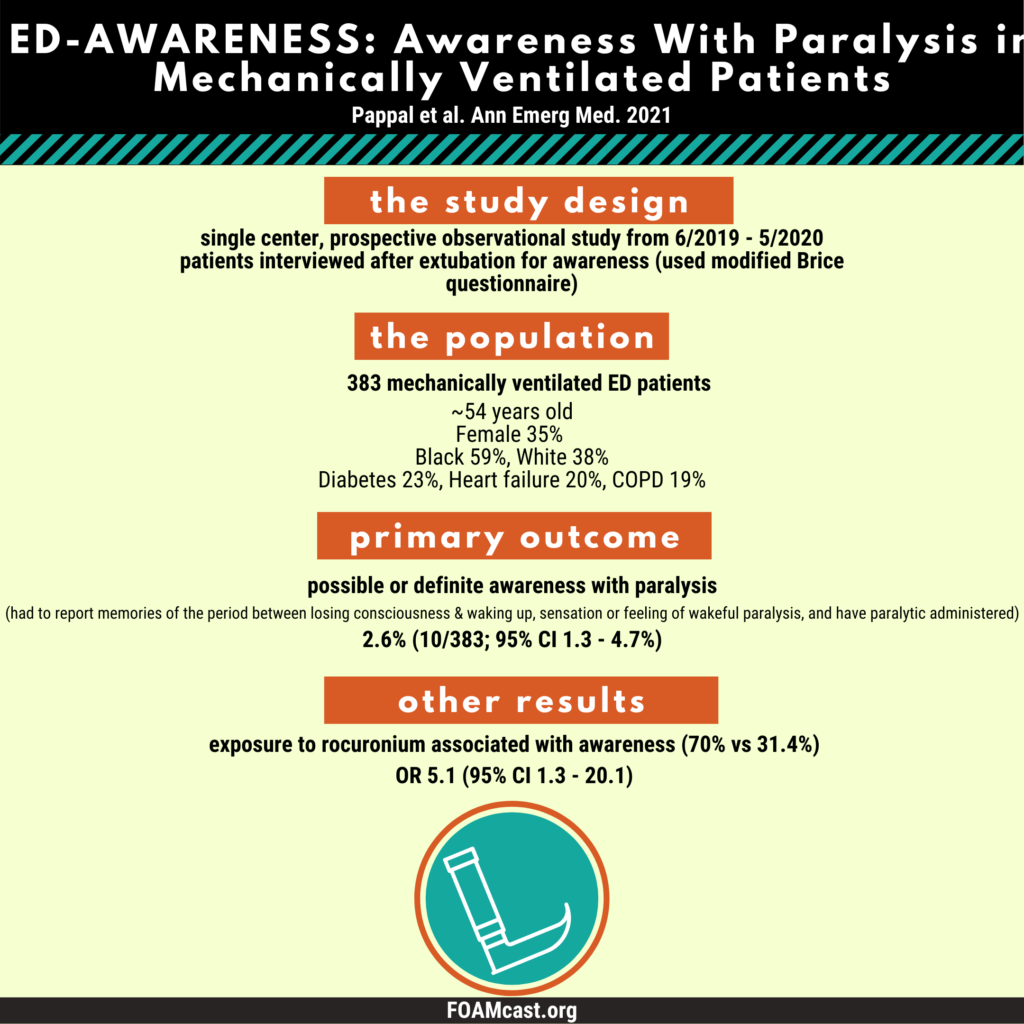Apple Podcasts , Spotify, Listen Here
Guidelines have recommended outpatient management for patients with low-risk pulmonary embolism (PE) for many years. Despite this, few patients in the US diagnosed with acute PE are discharged from the Emergency Department (Westafer et al). Little is known about the course of patients managed exclusively or primarily in the outpatient setting. In this study, Vinson and colleagues describe the nature and course of patients diagnosed with pulmonary embolism in the primary care setting.
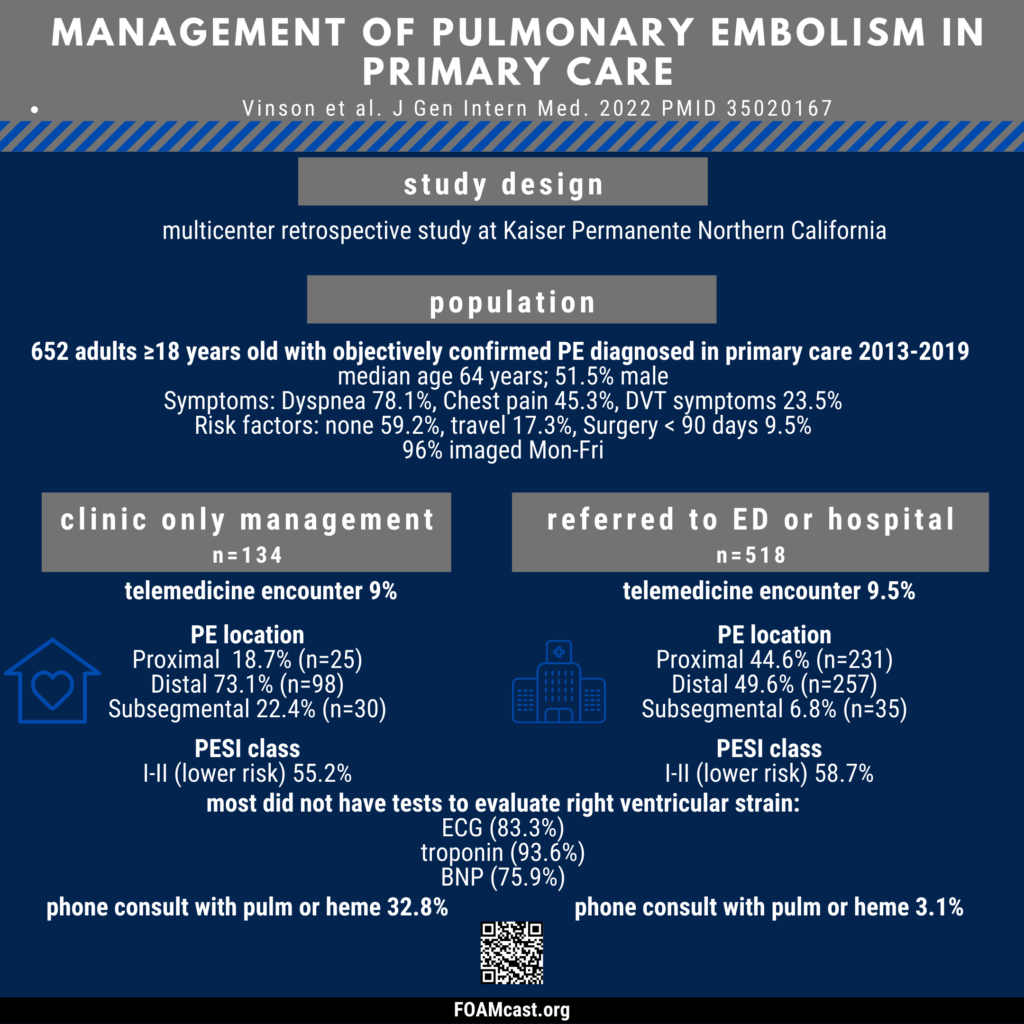


Vinson DR, Hofmann ER, Johnson EJ, Rangarajan S, Huang J, Isaacs DJ, Shan J, Wallace KL, Rauchwerger AS, Reed ME, Mark DG; PEPC Investigators of the KP CREST Network. Management and Outcomes of Adults Diagnosed with Acute Pulmonary Embolism in Primary Care: Community-Based Retrospective Cohort Study. J Gen Intern Med. 2022 Jan 12. doi: 10.1007/s11606-021-07289-0. Epub ahead of print. PMID: 35020167.








